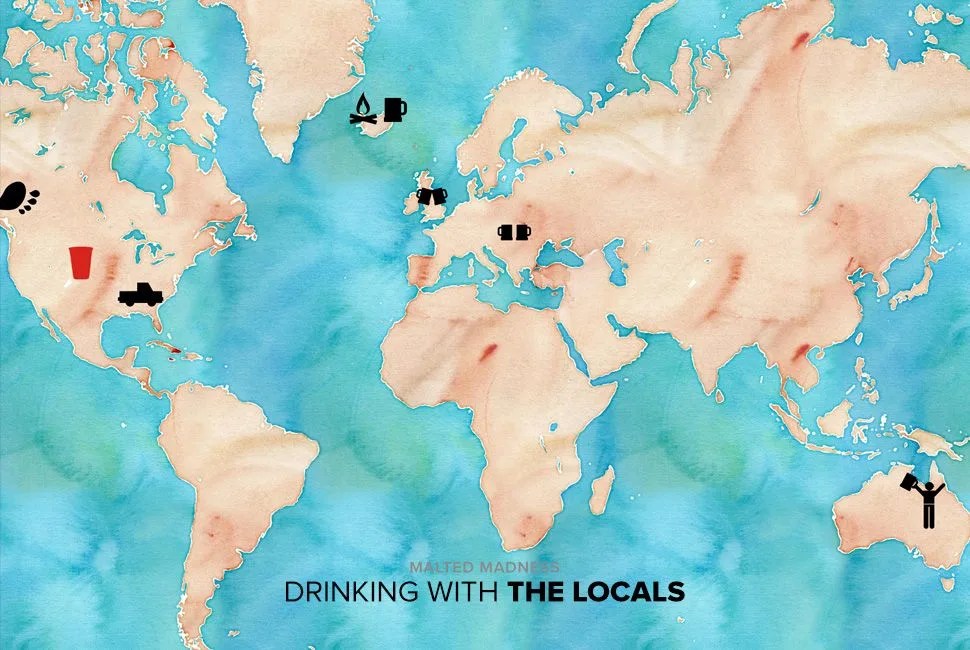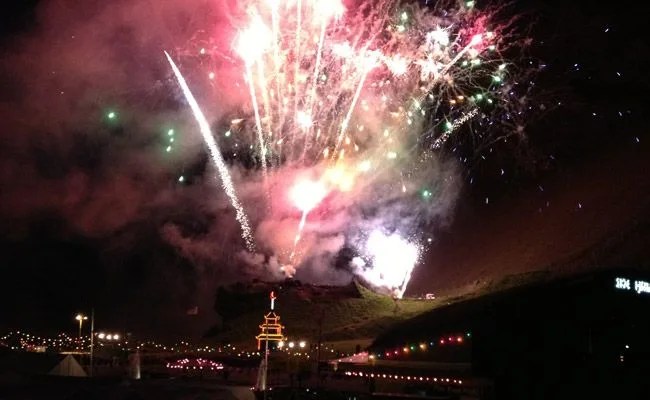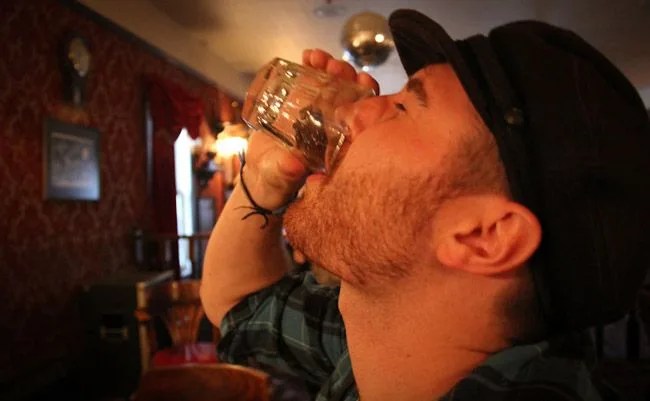Google “weird drinking customs from around the world” and you’re going to be looking at lists with a few true things, some made up “facts” and a lot of misunderstood generalities. We wanted to bring a small sampling of drinking-related customs or facts that are weird, interesting or otherwise, so we did some research and interviewed individuals who reside, or have done extensive traveling, in countries where one might expect peculiar imbibing habits. After asking our Russian traveler about a list of the country’s “customs”, the response was a resounding “meh”: “It’s true they never left any alcohol in their glasses, but [I don’t] know about the rest.” Thanks, Russia. Luckily, we were able to get more thoughtful insights from around the world.

America: Where Solo Cups are Red and Where Some can Legally Drink And Drive
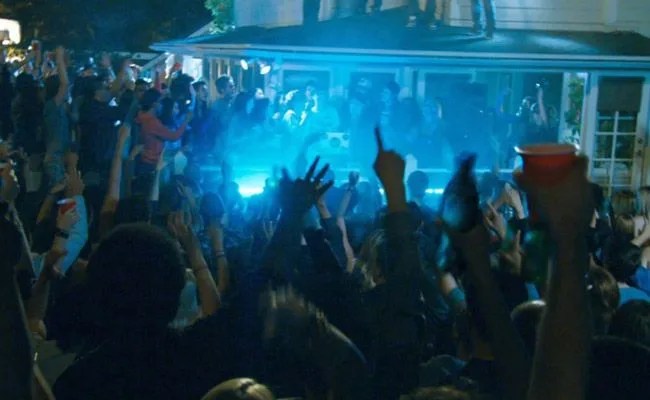
Before the 1970s, if you wanted a cheap, disposable cup, your options were waxy paper or Styrofoam, which had a bad habit of not being red and plastic. Then, the Solo Cup Company introduced the disposable, but surprisingly durable, plastic cup in its signature red color. As the cup became a staple of American drinking, it became synonymous with the cup. In an interview with Slate, Kim Healy, VP of Consumer Business at the Solo Cup Co., said, “I’ve been here 12 years, and I’ve tested this over and over. Consumers prefer red, and it’s not very close. I think for one thing it’s a neutral color that’s appealing to both men and women. It’s also just become a standard.” The same report says that 60 percent of the party cups Solo sells are red, with blue coming in a “distant second”.
On June 9, 1998 the Transportation Equity Act for the 21st Century was enacted, which attempted to counteract drinking and driving by banning open alcohol containers inside of a motor vehicle. However, as is their right, not all 50 states complied with the act. As a result, state laws in Arkansas, Connecticut, Delaware, Mississippi, Missouri, Virginia, and West Virginia currently put no restriction on possession of alcohol by a vehicle’s passenger. However, while the state has no legal ruling, certain counties in these states ban alcohol possession in the passenger seating, meaning county cops in, for example, Columbia, Missouri, can pull you over. Taking it one step farther (someone has to set the bar), Mississippi has no statute governing open container laws, even for drivers. Instead, the state left it up to the counties to decide if drivers can literally drink and drive, as long as their BAC remains below the legal limit of 0.08 (however, nearly half the counties in Mississippi are dry, meaning you can’t even purchase alcohol within county lines). Trust is one word for it.
Clink Glasses, But Never In Hungary
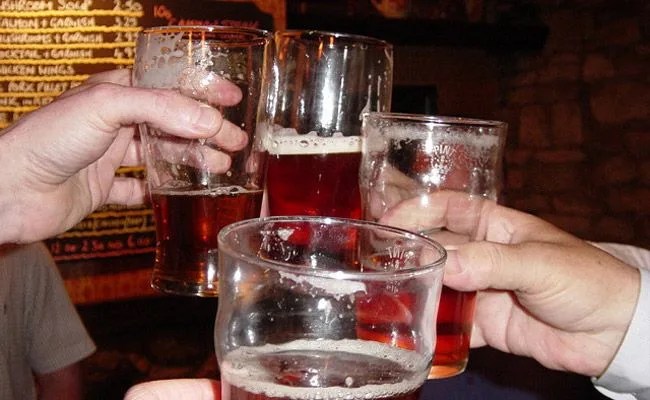
The term “toasting”, as in, “I’m nervous about the toast I have to give tomorrow, do you have any beta-blockers?”, refers to the piece of spiced bread that the English sometimes placed in their wine centuries ago. Even Shakespeare got in on the action: in The Merry Wives of Windsor, Falstaff, the odious knight, demands “Go fetch me a quart of sack — put a toast in’t.” Why, exactly? Toast was thought to soak up some of bad wine’s acidity and add some flavor. When a group was drinking from a single wine source, they’d pass it around until only a little wine and the toast were left — and then it was the lucky cup holder’s duty to bolt both down.
